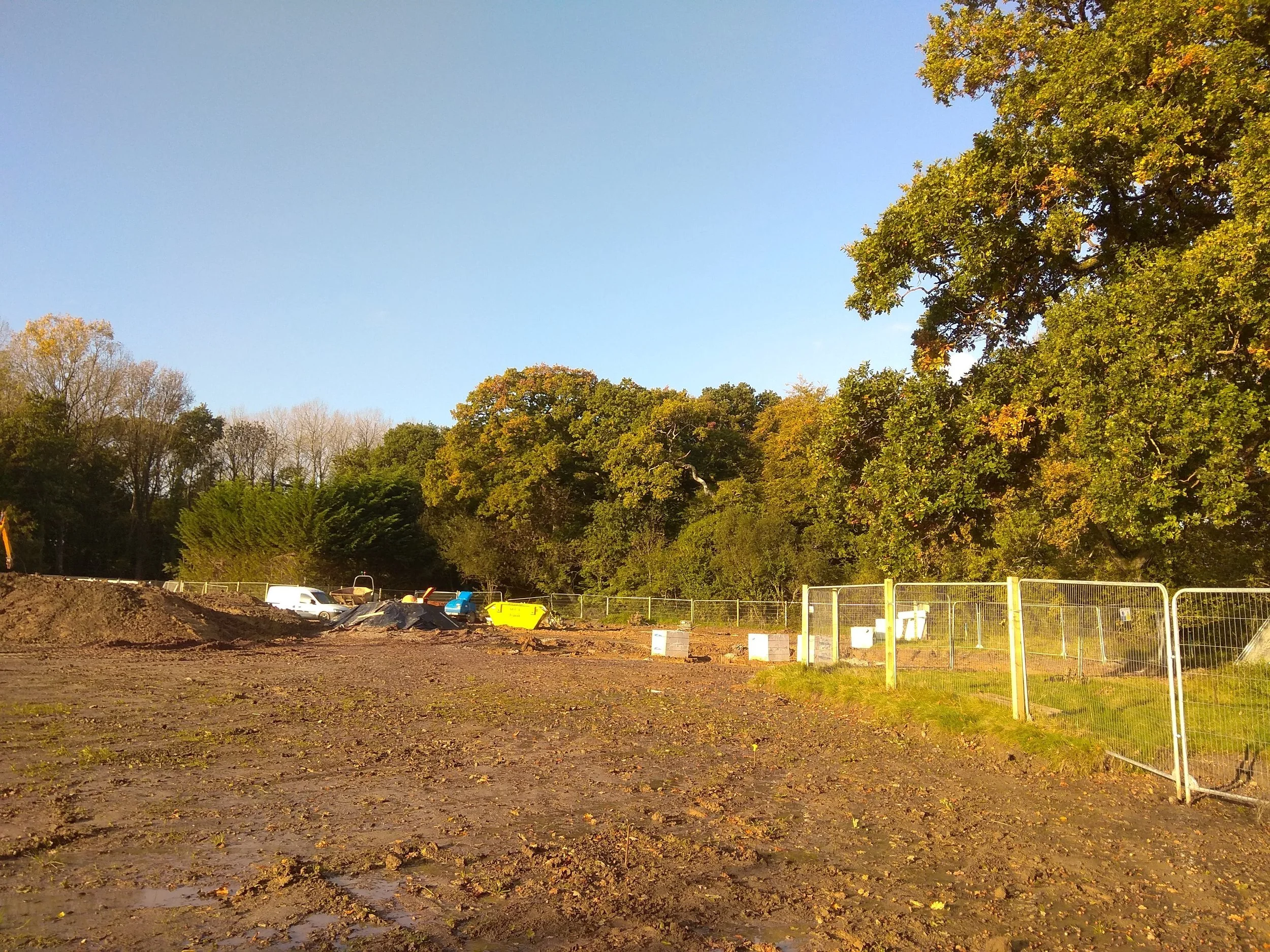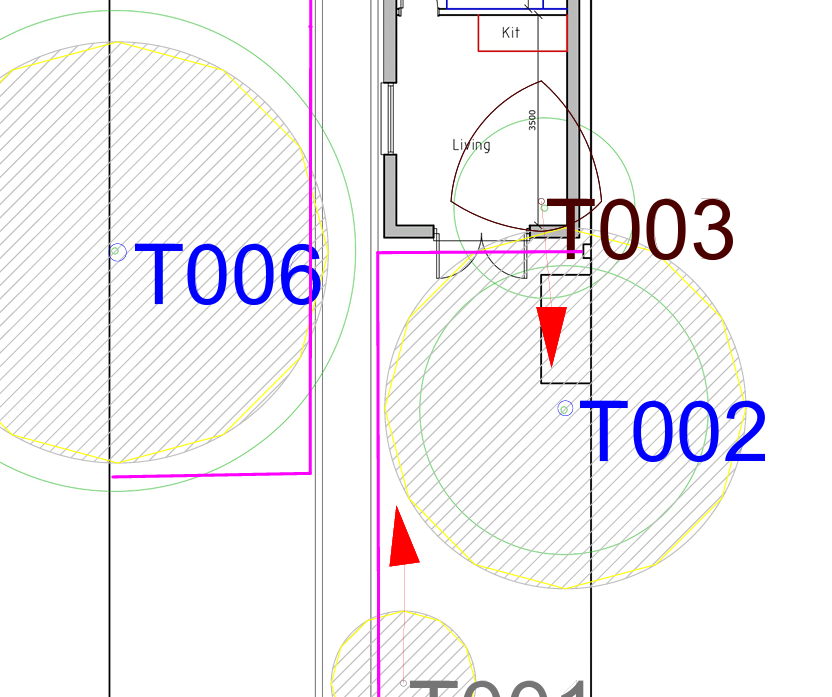
Arboricultural Impact Assessment and BS5837:2012 Surveys
Ensuring compliance with BS5837:2012 standards and conducting thorough Arboricultural Impact Assessments are crucial steps in the planning process for any development project involving trees. At G. Trott Tree Consultancy, I specialise in providing tailored assessments and reports for small projects, understanding the unique technical challenges of working within small pieces of land or private gardens.
A Tailored Approach
I understand that small projects present their own set of challenges when it comes to tree preservation and development. That's why I take a tailored approach to every assessment, carefully considering the specific needs and constraints of each site. Whether you're planning a property extension or an extensive landscaping project, I will work closely with you to ensure compliance with BS5837:2012 standards and minimise the impact on existing trees.
BS5837:2012 Compliance
All my reports are BS5837:2012 compliant, adhering to the latest industry standards and guidelines. From tree surveys to Arboricultural Impact Assessments, you can trust that my assessments are thorough, accurate, and compliant with regulatory requirements.
Arboricultural Input in the Planning Process
In accordance with BS5837:2012, arboricultural input in the planning process is crucial and follows a specific order:
Plan of Tree Constraints: This initial stage involves the identification and assessment of trees on or adjacent to the development site. A Plan of Tree Constraints is prepared to inform the design process and identify any potential tree-related constraints.
Arboricultural Impact Assessment (AIA): Following the plan of tree constraints, an Arboricultural Impact Assessment is conducted to evaluate the potential impact of the proposed development on existing trees and vice versa. This assessment considers factors such as root protection areas, tree health, and the overall impact on the tree population, including which trees are suitable for retention and which may need removing.
Arboricultural Method Statement (AMS): Based on the findings of the AIA, an Arboricultural Method Statement is prepared to outline the measures to be implemented during construction to protect and preserve trees on the site.
Post-Construction Inspection: Once construction is complete, a Post-Construction Inspection can be carried out to ensure the health and/or condition of the trees has not changed. Future management recommendations may also be provided.
Get in Touch
If you're planning a development project that involves trees or require an Arboricultural Impact Assessment, we're here to help. Contact us today to discuss your project requirements and learn more about how we can assist you in achieving your development goals while preserving and protecting existing trees.
Let's work together to ensure the successful integration of trees into your development project, maintaining the beauty and biodiversity of our urban landscapes.


